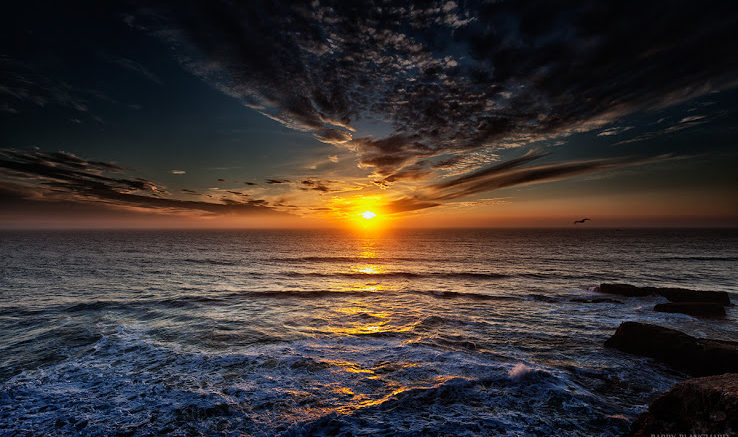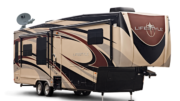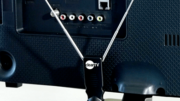Simply put, It’s a setting on your TV that makes everything look bad if you set it wrong. That’s what most people know about color temperature. A slightly more enlightened soul might tell you that it’s what gives light bulbs that warm or cool color.
The scientific definition
Wikipedia weighs in with its utterly useless definition:
The color temperature of a light source is the temperature of an ideal black body radiator that radiates light of comparable hue to that of the light source.
Yeah, get back to me after you have a Ph.D. in physics because that’s probably the only way that will make sense to you.
The more useful definition
Here’s the lay person’s definition of color temperature: It’s a number that tells you how orangey-brown or how blue everything in the picture is going to be. (For reasons which are only clear after you’ve studied advanced color theory, things are either blue or brown, you can’t have both.) Wikipedia is trying to tell you that if you had a thing that could produce light — only light and not heat — the color temperature would be the temperature of the thing as it was producing a particular color of light. This makes sense if you have an electric range. Leave it off and the elements are black. As it heats up, it goes brown, then orange, then bright red. If you could heat it up past its normal 500 degrees, it would get whiter and whiter, and then start getting bluer and bluer as its temperature got closer to 10,000 degrees.
Using that logic, the lower the temperature simulated by a light, the more it’s going to seem orangey-brown and the higher that temperature, the more blue it’s going to seem. Candles, which give everything a warm glow, burn at a lower temperature than the sun, by quite a lot. Simulating candlelight means setting a lower color temperature.
The real number.
Just so you know, the “color temperature” of a sunny day at noon is about 5,000 – 5,500 degrees Kelvin. That’s also the color temperature of a camera flash and a properly calibrated TV, and needless to say that’s no surprise. That’s the range where people see really well. Regular light bulbs give that warm glow at about 3,000 degrees, and candles give off a romantic light at only about 1,000 degrees. (Remember these aren’t the actual temperatures, these are measures of color.)
By the way, if you ever wonder why photos on your phone or tablet seem so lush, it’s because those devices intentionally push the color as well as using color temperatures that are a little higher, that make blue and green colors brighter while leaving red colors alone.
The color temperature setting on your TV
Why change the color temperature setting on your TV? Usually it’s not necessary but since the white LED backlight in your TV is actually a mix of blue and yellow LEDs, (or red, green and blue on more expensive TVs) it’s possible that their color may shift from true white after a while. You also may simply want a more “warm” color to your TV and it’s your choice. If you change the color temperature setting you’ll notice things get noticeably more yellow or blue and if you like that… keep it that way!
If you have Dolby Vision or some other HDR implementation, it may set the color temperature for you and not give you the option to change it. That’s because the people who calibrated the TV for that standard think they know what you like, better than you.
Just don’t be afraid of color scientists trying to bamboozle you. All you need to know is that lower numbers are more brown and higher numbers are more blue. And more importantly, remember it’s your TV and you get to set the colors the way you like them.





